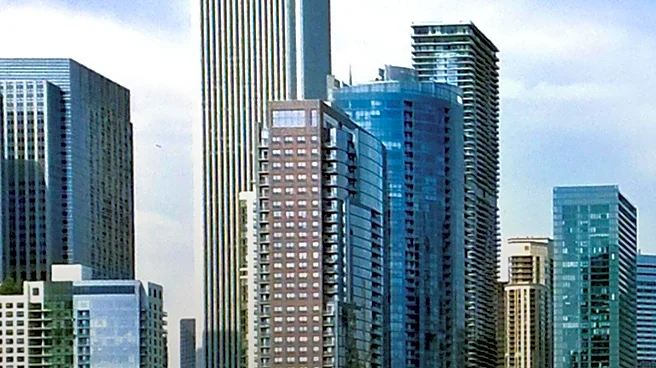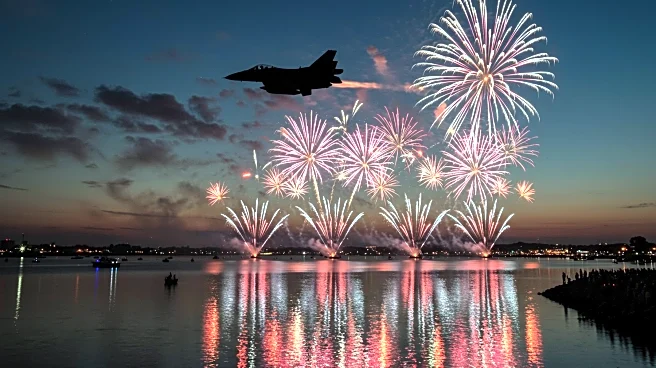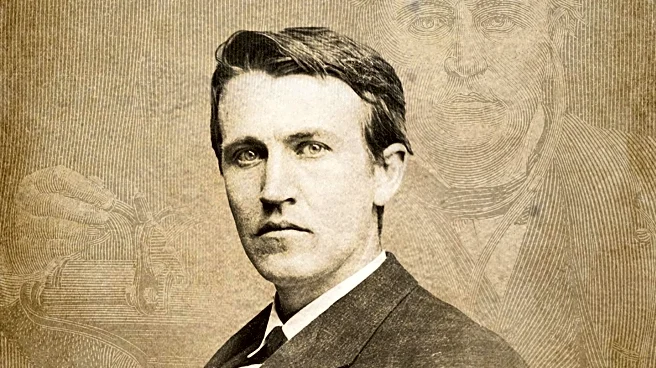What's Happening?
Chicago's historic buildings, many of which were constructed after the Great Chicago Fire of 1871, are being repurposed into hotels, offering visitors a unique blend of architectural history and modern amenities. These conversions are driven by the buildings' prime locations, architectural features, and the city's rich history. Notable examples include the Soho House Chicago, located in the former Allis Building, and the Kimpton Gray Hotel, housed in the old New York Life Insurance Building. These projects are supported by incentives like the Class L Property Tax Incentive, encouraging the preservation and rehabilitation of landmark buildings. Developers and architects are creatively integrating these structures into the urban fabric, making them attractive destinations for travelers.
Why It's Important?
The transformation of historic buildings into hotels in Chicago is significant for several reasons. It preserves the city's architectural heritage while contributing to urban revitalization and tourism. These projects enhance the city's appeal as a travel destination, offering unique accommodations that reflect Chicago's cultural and historical narratives. Economically, these conversions are supported by tax incentives, which make them viable investments. Environmentally, repurposing existing structures reduces the need for new construction, thereby minimizing carbon emissions. This trend also aligns with broader efforts to combat climate change by improving energy efficiency in older buildings.
What's Next?
The ongoing conversion of historic buildings into hotels is expected to continue, with potential expansions into residential spaces as part of initiatives like the LaSalle Street Reimagined. This could further bolster urban development and community revitalization. As society's needs evolve, more economically obsolete buildings may be repurposed, enhancing their value and utility. Stakeholders, including developers, architects, and city planners, will likely focus on balancing preservation with modern functionality, ensuring these projects contribute positively to Chicago's urban landscape.
Beyond the Headlines
Beyond the immediate economic and environmental benefits, the repurposing of historic buildings into hotels in Chicago reflects a cultural shift towards valuing heritage and storytelling in travel experiences. These projects offer guests a connection to the city's past, enriching their stay with historical narratives and architectural beauty. This approach not only preserves the physical structures but also the intangible cultural heritage, fostering a deeper appreciation for Chicago's history and identity.














